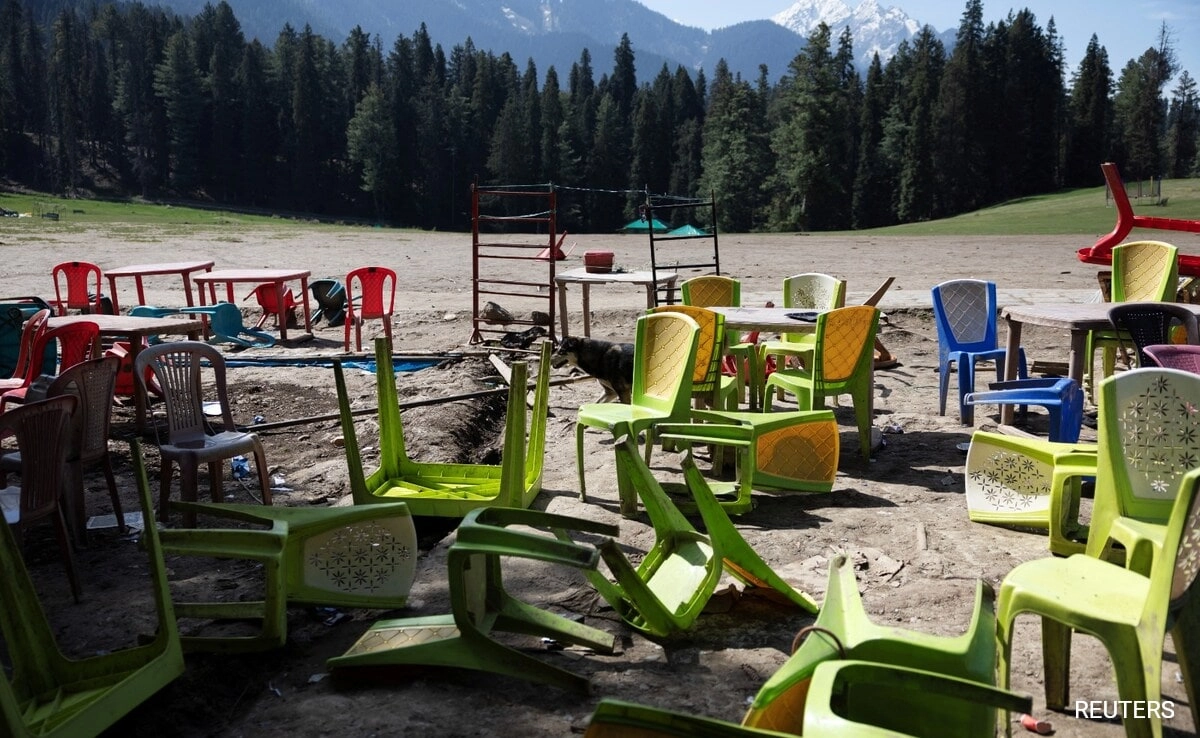Recent intelligence reports have revealed that terrorists were reportedly present in Baisaran, a picturesque meadow located near Pahalgam, just two days prior to the attack that occurred in the region. This information has raised significant concerns about the security situation in the area, particularly as it is a popular tourist destination known for its natural beauty and outdoor activities. Authorities are now investigating the circumstances surrounding the terrorists’ presence, aiming to piece together how they managed to infiltrate such a frequented spot without arousing suspicion.
The timing of the terrorists’ presence is particularly alarming, as it suggests that they may have been planning the attack well in advance. Local sources indicate that the militants could have been assessing the landscape and the movements of security forces in the area, which could have provided them with critical information to execute their plans effectively. This has led to heightened security measures in Pahalgam and surrounding regions, as authorities strive to prevent any further incidents and ensure the safety of both locals and tourists.
In response to these developments, security agencies are on high alert, conducting thorough searches and surveillance to track any potential threats. The presence of terrorists in such a tranquil location underscores the ongoing challenges faced by law enforcement in combating terrorism, especially in regions that attract large numbers of visitors. As the investigation unfolds, it is essential for the government and security forces to collaborate closely, utilizing intelligence-sharing mechanisms to thwart any future attacks and maintain peace in the region.
The implications of this incident extend beyond immediate security concerns; they also raise questions about the effectiveness of intelligence operations in detecting and neutralizing threats before they escalate. As the community grapples with the aftermath of the attack, there is a pressing need for a comprehensive strategy that addresses not only the tactical aspects of counter-terrorism but also the socio-economic factors that contribute to radicalization. The situation calls for a multi-faceted approach that engages various stakeholders, including local populations, to foster resilience against extremist ideologies and ensure lasting peace in the area.




